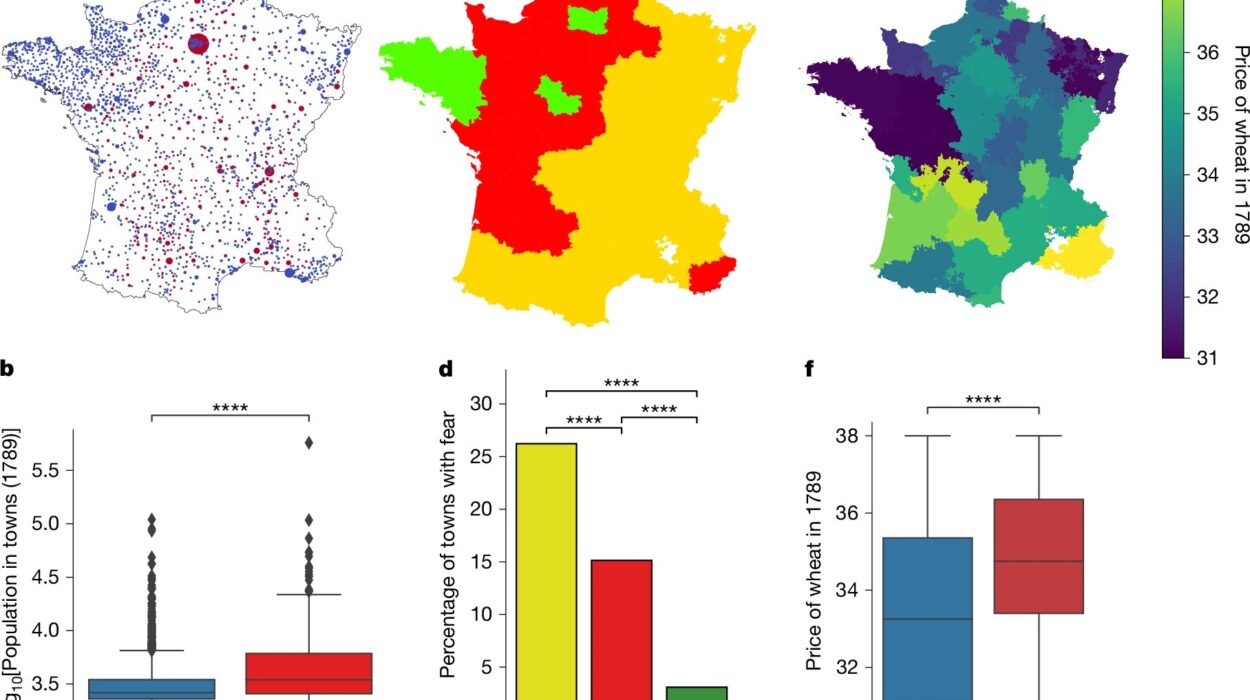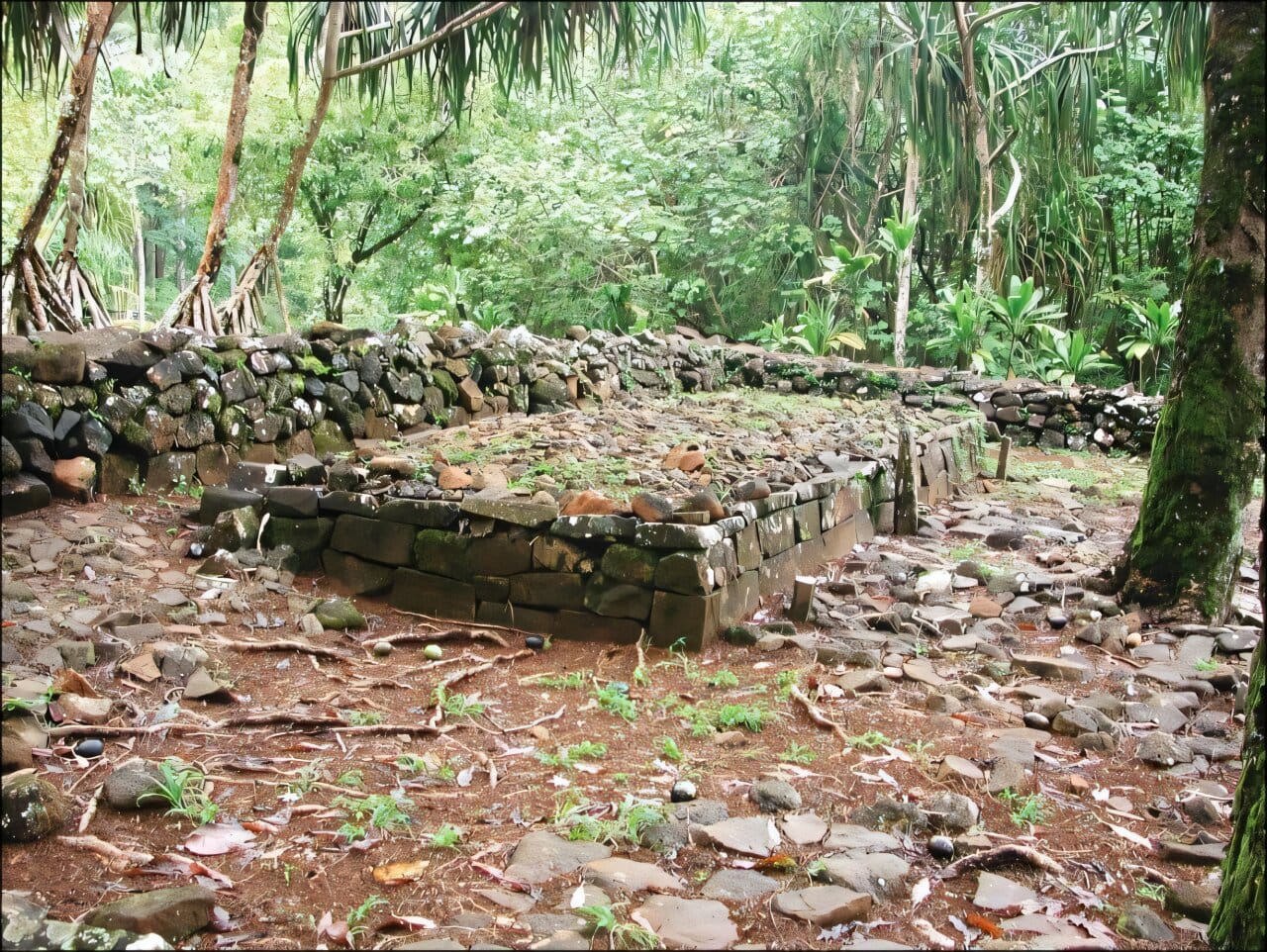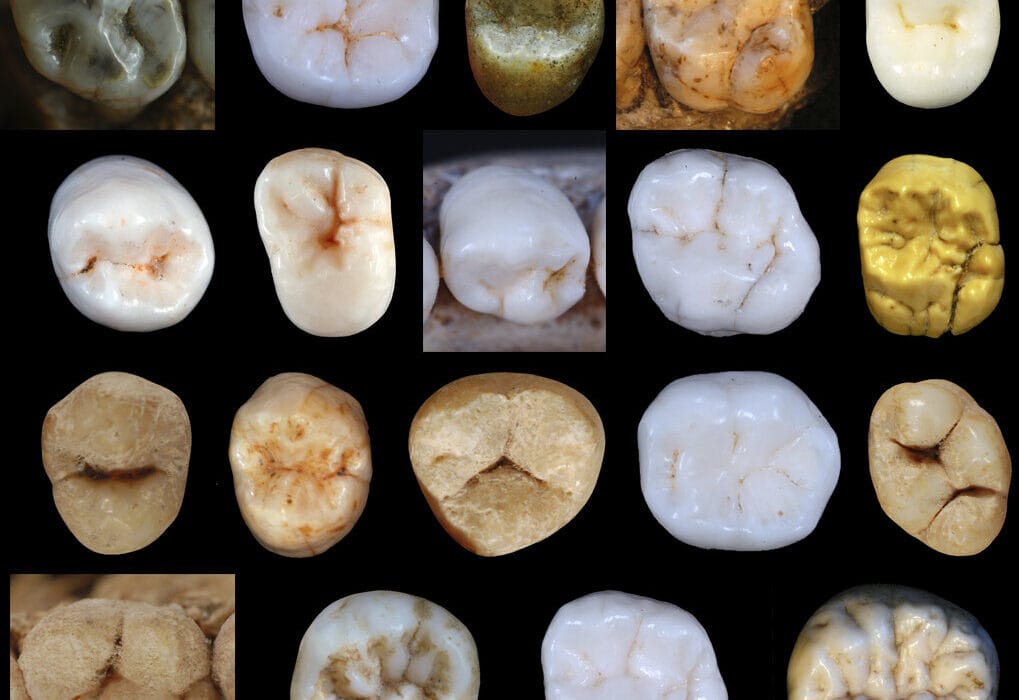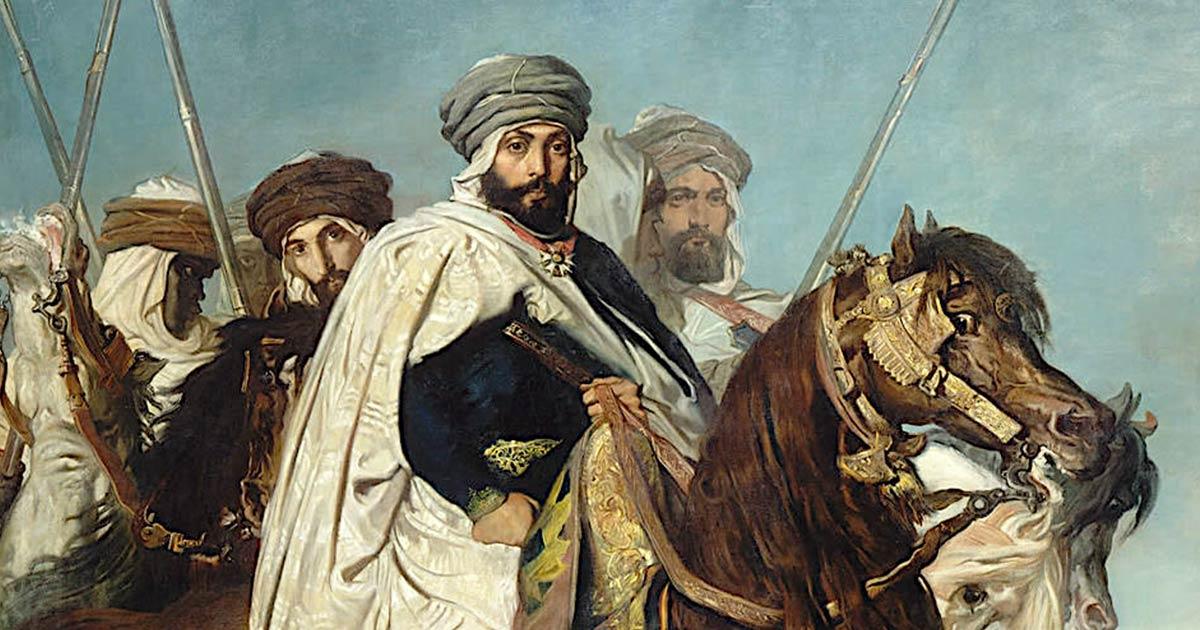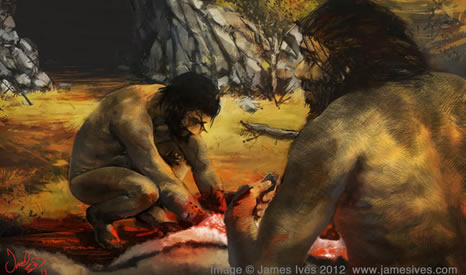Long before our cities scraped the sky and our satellites kissed the stars, there were other worlds—civilizations that rose and flourished, dreamed and died, leaving behind not ruins, but riddles. These were not simply the ancestors of modern cultures, but entire realms of life, knowledge, and belief that now lie buried beneath jungles, deserts, and oceans. Some left towering monuments; others, only fragments of pottery or faint outlines beneath forest canopies. But all speak to a singular truth: time forgets, but the earth remembers.
Civilizations are not immortal. They vanish, sometimes with thunder, sometimes in silence. What remains are the secrets—whispers of who they were, what they knew, and how they disappeared. Piecing together these ancient puzzles isn’t just the work of archaeologists; it’s a form of resurrection. And what we discover doesn’t just tell us about the past—it holds a mirror to our present.
The Mystery of the Vanished Cities
Imagine standing on a remote plateau, surrounded by nothing but trees and birdsong, when suddenly you notice an unnatural rise in the terrain. Beneath the roots and moss lies something impossible—miles of stonework, carved staircases, forgotten temples. This isn’t just a wild place; it’s a buried city. Such is the case across the globe, from the jungles of Central America to the floodplains of the Indus Valley.
Among the most enigmatic of these are the cities of the Maya. For centuries, European explorers stumbled across immense stone pyramids swallowed by jungle, baffled that such advanced structures existed in what they saw as “wilderness.” But the forest had not always ruled. Once, these were the beating hearts of mighty kingdoms—Tikal, Palenque, Calakmul—thriving centers of trade, astronomy, and ritual. Their architecture aligned with celestial bodies, their inscriptions recorded dynasties and conquests, and their art celebrated gods who walked alongside kings.
And then, around the 9th century, these great cities emptied. Their temples crumbled into silence. No one knows precisely why. Some suggest climate change—long droughts that collapsed food systems. Others point to warfare, social unrest, or religious upheaval. Perhaps it was all of these. Whatever the cause, the jungle moved in, erasing monuments with slow, green fingers.
Lost Worlds Beneath the Sea
If jungles hide ancient cities, the sea swallows them whole.
Just off the coasts of India and Japan, scuba divers and sonar scanners have revealed what appear to be submerged structures—stone roads, staircases, plazas—beneath dozens of meters of water. Are they the remains of ancient civilizations lost to rising seas? Some claim these could be remnants of civilizations that flourished during the last Ice Age, when sea levels were much lower. As the ice melted, coastlines vanished, and with them, entire cultures.
Off the western coast of India lies the Gulf of Khambhat, where underwater surveys in the early 2000s uncovered what some researchers interpret as the remnants of a prehistoric urban settlement. Stone artifacts dredged from the site were carbon-dated to 9,000 years ago—older than the pyramids. While debate rages over whether these findings represent a true city or natural formations, they ignite a profound question: how much of our ancient past lies hidden beneath the sea?
The idea that advanced societies once existed during times we consider “prehistory” is not mere fantasy. Oral traditions around the world speak of floods and lost homelands—myths that may hold kernels of truth. Could there have been a civilization predating those we already know? Not Atlantis, in the mythic sense, but a network of human settlements with art, trade, and knowledge, now drowned and forgotten?
The Ghosts of the Sahara
Once, the Sahara was green.
Ten thousand years ago, the world was different. Rain fell across what is now the largest desert on Earth. Rivers flowed, lakes shimmered, and people thrived. The so-called “Green Sahara” teemed with life. Cave paintings in places like Tassili n’Ajjer in Algeria depict scenes of swimming, dancing, and cattle herding—images from a time when the desert was a cradle, not a tomb.
But this paradise did not last. As Earth’s tilt and orbit shifted, the monsoons retreated. Grasslands became dust. People moved on, migrating toward the Nile, giving rise to one of the greatest civilizations: ancient Egypt.
What remains of the Green Sahara’s civilizations are scattered and sparse—pottery shards, burial sites, faded murals. But they hint at a lost chapter in the human story, one where knowledge, adaptation, and survival unfolded in lands we now consider inhospitable.
Forgotten by Design
Not all disappearances are accidents. Sometimes, civilizations are erased on purpose.
When new powers rise, they often wipe away the memory of the old. History, as it turns out, is written not just by the victors but preserved—or not—by what they choose to remember. The Inca civilization, for example, possessed vast knowledge of agriculture, architecture, and astronomy. Their empire stretched over the Andes, connected by thousands of kilometers of roads, with cities like Cusco and Machu Picchu demonstrating an engineering brilliance that astonished the Spanish conquistadors.
But when the Spanish arrived in the 16th century, they not only conquered the Inca—they rewrote their history. Temples were destroyed or repurposed as churches. Incan records, known as quipus—knotted cords that likely encoded data—were dismissed as primitive and mostly destroyed. An entire epistemology, a way of understanding the world, was nearly extinguished.
Today, researchers are racing to decode the remaining quipus. They may reveal census data, laws, or even poetry. But they also serve as a metaphor for how civilizations disappear—not always through fire and flood, but through silence and erasure.
Memory in the Soil
Civilizations leave behind more than ruins. They change the earth itself.
Take the Amazon. For centuries, it was seen as a vast, untouched wilderness. But aerial surveys and satellite imagery have revealed geometric earthworks—lines, circles, and mounds—hidden beneath the canopy. These formations suggest that vast portions of the rainforest were shaped by human hands. Recent discoveries point to pre-Columbian societies that managed the forest through controlled burns, crop rotations, and terra preta—an engineered black soil enriched with charcoal, bones, and compost.
This dark earth still retains fertility after centuries, suggesting a deep ecological wisdom. These weren’t small tribes scraping by; they were organized, sustainable societies, potentially supporting millions. Their disappearance likely came with the arrival of European diseases, which wiped out populations before any physical conquest took place. The jungle reclaimed the towns, but the soil remembers.
The Language of the Lost
There is another way we discover forgotten civilizations: through their words.
Writing systems are among the most powerful markers of a civilization’s complexity. Some, like Egyptian hieroglyphs or Sumerian cuneiform, have been deciphered. Others remain elusive. The symbols of the Indus Valley civilization—etched onto tiny seals and pottery—still resist translation. So does Linear A, the mysterious script of the Minoans of ancient Crete. Without keys, without Rosetta Stones, these voices remain locked in stone.
What do they say? Were they poems? Prayers? Ledgers of trade? Until we decipher them, these people remain shadows—present but mute.
Yet even in silence, they are present. Their urban planning, their artwork, their metallurgy—they speak in other tongues. A street grid here, a sewage system there, the echo of intelligence and order is unmistakable.
A Warning from the Ancients
If there is one thread that runs through the tapestry of forgotten civilizations, it is this: collapse is rarely total, but it is often sudden.
Ecological collapse, political corruption, climate change, overpopulation, war—these are not new challenges. Civilizations before us faced them and, in many cases, failed. The fall of the Roman Empire brought centuries of stagnation to Europe. The Maya abandoned their great cities. The Akkadians of Mesopotamia were undone by drought. The fate of the Rapa Nui on Easter Island may be a parable about resource exhaustion.
Their stories are not just history. They are warnings.
We, too, live in an age of monumental architecture, global trade, and digital quipus. Our reach is vast, our knowledge immense—but we are not invincible. If the earth has one lesson, it is that permanence is an illusion. Time moves on. The jungle waits.
The Civilizations Beneath Our Feet
What else lies waiting beneath our feet?
Every year, archaeologists unearth new pieces of the past—lost cities revealed by lidar scans in Central America, ancient roads in the Middle East visible only from satellites, underwater monuments that challenge timelines. Each discovery is a spark, illuminating a small corner of the darkness.
But perhaps the greatest secret is this: we are only scratching the surface. The majority of ancient sites remain unexcavated. Time and budget constrain research. Politics and conflict restrict access. Climate change threatens to destroy what hasn’t yet been found.
We live surrounded by ghosts—not in the supernatural sense, but in the deeply human sense. Every step on earth, every field and forest, may hide the stories of those who came before.
And as we build upward and outward, we must also dig inward and downward—to listen, to remember, to learn.
A Living Legacy
Civilizations may vanish, but their legacies endure.
The seeds domesticated by ancient farmers still feed us. The stars mapped by long-forgotten astronomers still guide our spacecraft. The myths told around flickering fires still shape our dreams.
In the secrets of civilizations that time forgot, we find not just ruins and relics, but reflections—of our curiosity, our ambition, and our fragility. Their stories are not separate from ours. They are chapters in the same book, whose final pages have yet to be written.
And perhaps that is the most enduring mystery of all: not what we have forgotten, but what we are still to remember.

